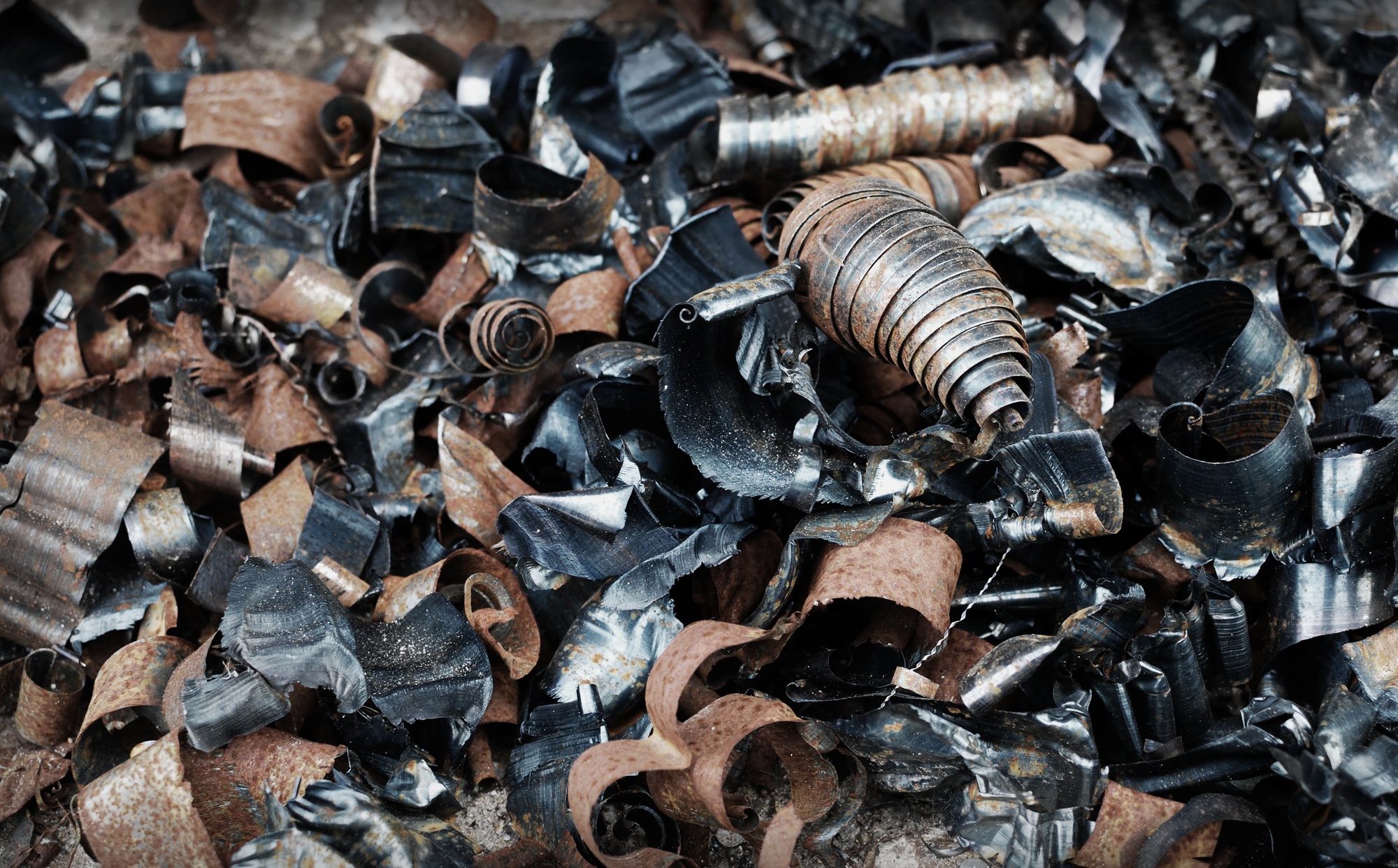
Worldwide metal production is ascertained directly through ore deposits from mining, smelting, and refining. What are secondary metals? They are metals discarded through industrial and manufacturing operations or as commercial products that are now obsolete. The benefit that recycling provides is that we return these waste materials back into the general manufacturing so they can be used for the production of new metal products, thus saving costs and making things more efficient in general. The secondary metals industry is involved in all aspects of this process, from locating scrap, to getting it to a recycle facility and then re-using the material for new metal-based products.
What’s the rationale for determining if scrap metal is worth recovering? Its potential for profit. In terms of the basic factors that determine if a particular metal should be recycled, the following areas are looked at:
- How pure are the recovered products, what’s the market for the recycled products like, and what is the true dollar value of the metal?
- How much will it cost to collect and transport?
- How much will it cost to sort and transform it into reusable metal?
- How much will it cost to dispose of any residual material?
The advent of the industrial revolution in the late 19 th and early 20 th centuries fueled the consumption of metals significantly. During the 20th century, this trend continued and grew exponentially. By the 1980’s, the annual production of metals worldwide was a hundred times what it was in the 1880’s. Naturally, this incredible rise in need for metals and the production of metal-based products has led many people to question if there is enough metal reserves in the world to keep up with demand. Is it sustainable? Is there an unending amount of metals in the earth? No, on both accounts. Scrap metal recycling is a natural part of the chain of use. Metal reserves are found, they are made into a usable form, a product is manufactured from it, the product is used, discarded, and then the metal is used again. It just makes ecological sense – it’s using the earth in a smart way. With recycling, there is a huge amount of metals in use that will be recoverable at some future point.
Aluminum recycling is a large portion of the scrap metals industry. In 1993, in a survey of Western countries, 28 percent of the total recycled scrap materials were made up by aluminum. The others that were a significant part of the total included copper, lead, molybdenum, tin, and zinc.
Scrap recycling is the process of recovering secondary metals, and is subdivided into three different classes of metals. They are:
- Home scrap : This is what remains after a primary metal product is sold and is generated in a smelting or refining plant.
- New or prompt scrap : This type of scrap can easily be reprocessed for use in primary metal manufacturing, it is essentially the remains of the general manufacturing process.
- Old scrap : This is the type of recycling that we are most familiar with. Old scrap is recovered from consumer goods that are no longer being used. This could potentially include discarded, used, or worn-out products. Also could include metal products rendered obsolete by technological advances or production overruns.
In terms of product applications, metals are rarely used in their pure and absolute form. It’s also tough and expensive to remove alloy elements from metals, so usually the alloyed materials are recycled as alloyed metals only. The various metals that make up the alloyed metal are not taken out to be used in their pure state.
Scrap metal recycling makes economic sense. It also shows our responsibility to the earth and to the efficient use of our precious natural resources. If there’s one positive thing that is happening in this area, it’s that the trend to recycle more continues.




